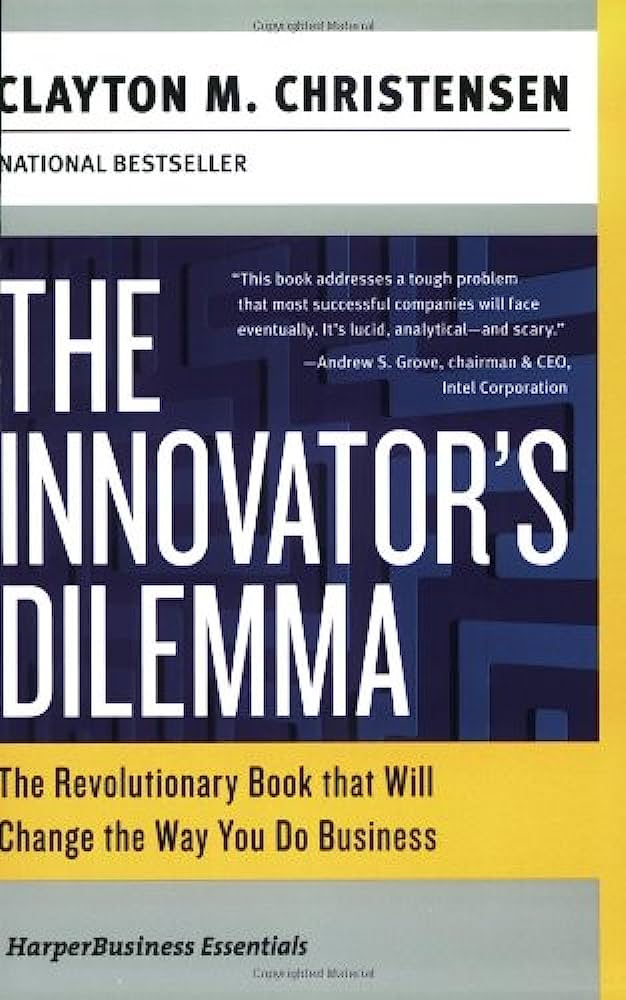Bank 2.0: How Customer Behaviour and Technology Will Change the Future of Financial Services
RATING


A comprehensive manual on the changes occurring in the banking world, with a focus on the three main disruptive forces which are dramatically changing the financial services industry – arrival of the Internet, emergence of the smart/app phone and the move to mobile payments.
The author categorizes the coming change impact into 5 arenas (platform, channel and distribution, customer intelligence, marketing and metrics), with sub-categories of changes necessary for banks over the next five to ten years. In discussing the many changes to come and their impact on the customer experience, the author introduces the concept of the “prosumer,” a producer and consumer of information, and how Web 2.0 and social networks will transcend and transform banking. For tech lovers, there is a chapter devoted to deep impact technology, disruptive innovation and Moore’s Law.
While a comprehensive, textbook type manual for banks coping with the momentous industry change, the author at times seems to caution against the demise or even extinction of banks as new technologies take hold. An example is the discussion of P2P (peer –to-peer) lending and the inroads made in Europe, while banks have supported regulations in the U.S. which have prohibited it. The author questions whether social networks will find a way around inefficiencies in the banking network, warning that such social networks “will be much more efficient at providing trusted advisory services than the bank.” The question is who will hold the ultimate customer relationship, and regardless of the channel or medium, the best and strongest banks should ultimately master this and other challenges. The author paints a very grim picture of the future of banks, while in the end we believe that the banks will still possess the power to add value in the lives of their customers. Despite their slow response to industry trends, we still believe that banks will be the ultimate holder of the customer (banking) relationship.
The financial crisis is just beginning for retail institutions. Ninety to ninety-five per cent of bank transactions are executed electronically today. The Internet, ATMs, call centers and smartphones have become mainstream for customers. However banks still classify these as alternative channels and maintain an organization structure where Branch dominates thinking. Continued technology innovations, Web 2.0, social networking, app phones and mobility are also stretching traditional banking models to the limit. BANK 2.0 reveals why customer behavior is so rapidly changing, how branches will evolve, why checks are disappearing, and why your mobile phone will replace your wallet all within the next 10 years.
This is a comprehensive book (or even textbook) for understanding and, to some extent, evaluating where your bank stands in meeting the future of financial services. Bank practitioners will enjoy the numerous diagrams illustrations, checklists and examples of project roadmaps. Consultants will find this to be essential reading for measuring bank preparedness for the technological changes at hand. For more on this subject, see the Senteo review for Infinite Possibility.

This book provides a good overview in theory, while also devoting a fair amount of analysis on tactical application and implementation.
See content on this topic

Sales training for front line along with basic development and coaching principles for line management.
Understanding branding and communications from the standpoint of emotional engagement and building relevant and meaningful dialogue with customers.
This course covers a complete view of customer touch points (both physical and virtual) and a unique model for standardizing and managing customer contact models across channels including approaches for customer feedback, quality management, and migration.
Understand how the innovation process changes moving from functionality and channel design to a process focused on creating value for customers.
Experiential Branding & Communications – Improving Brand Integration Through Emotional Engagement.
This course covers a complete view of customer touch points (both physical and virtual) and a unique model for standardizing and managing customer contact models across channels.
Understand the value of a customer-oriented analytics package and how behavioral scenarios can be used to improve profitability through influencing behavior and usage.
To understand the principles of game dynamics and learn how to effectively use the elements of gamification in business: to involve customers, employees and contractors in the process.
Understanding branding and communications from the standpoint of emotional engagement and building relevant and meaningful dialogue with customers.
This course covers a complete view of customer touch points (both physical and virtual) and a unique model for standardizing and managing customer contact models across channels including approaches for customer feedback, quality management, and migration.
Experiential Branding & Communications – Improving Brand Integration Through Emotional Engagement.
This course covers a complete view of customer touch points (both physical and virtual) and a unique model for standardizing and managing customer contact models across channels.
Understanding how leaders must evolve with relation to the evolution of business models, new management models, and the significant changes to the workforce with Digital Natives now making up more than 50% of the workforce globally.
Understand how to manage both internal and external digital transformation while considering the landscape for digital business models and the effect on traditional business models. Understanding organizational readiness for transformation and the role of corporate culture in managing transformations.
The changes in consumer behavior, employee behavior, and the evolution of business models in the digital age cause significant difficulties and imperatives for leaders who must develop new skills and evolve their leadership styles to be effective in this fast changing, challenging, and competitive environment.
Understanding how to design & manage change/transformation programs in organizations of different sizes. This course will help any size team or organization to better deal with change & transformation on any scale.




 Copy Link
Copy Link
 E-mail
E-mail
 LinkedIn
LinkedIn
 Facebook
Facebook
 Telegram
Telegram
 WhatsApp
WhatsApp


















 Go Back
Go Back
Leave a Reply
You must be logged in to post a comment.